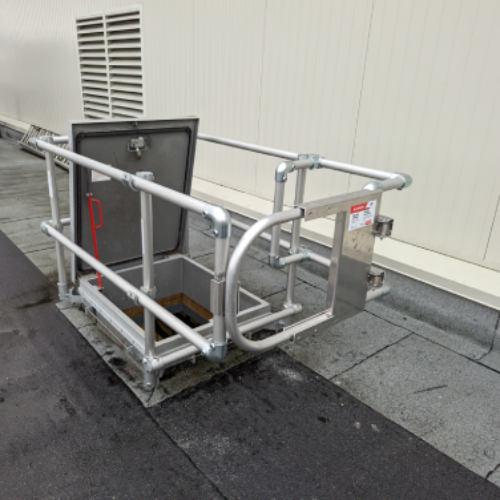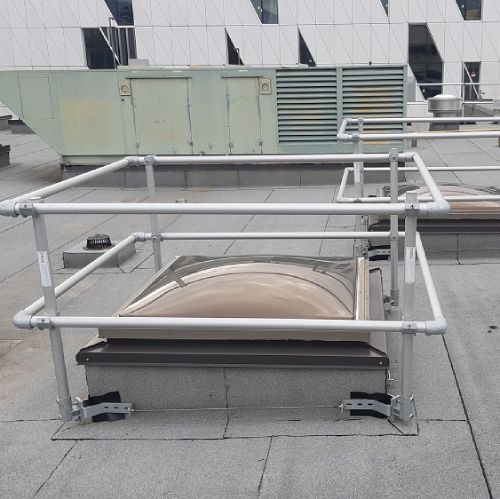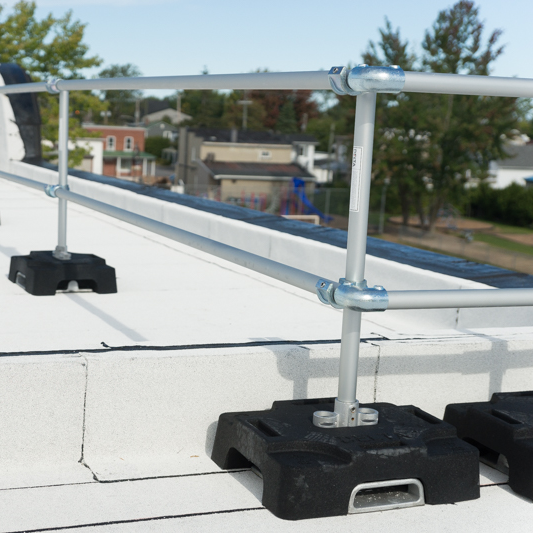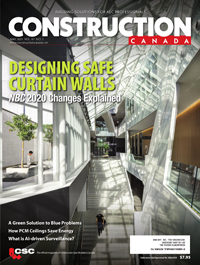Making solid, sustainable choices with cold-formed steel framing
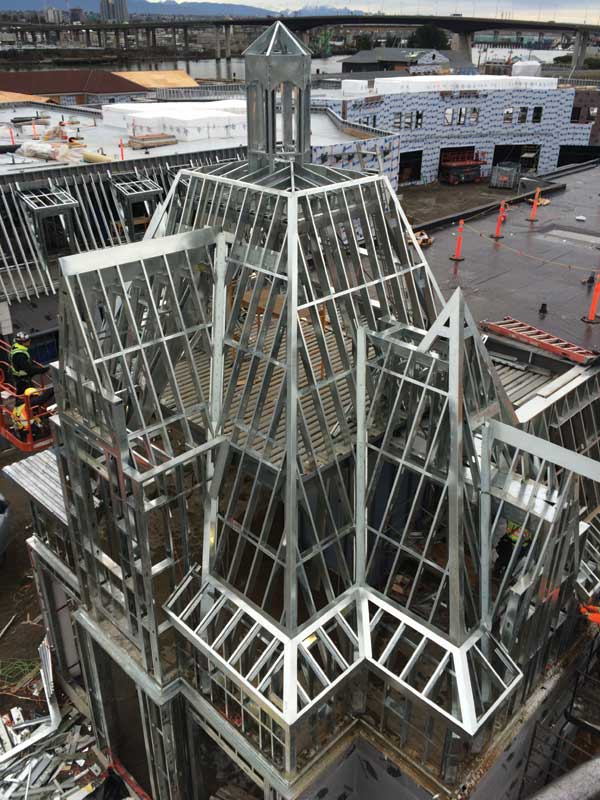
New technology in wall design
Building information modelling (BIM) is quickly becoming a formal procedure for modern steel construction. From software that optimizes the building envelope with information on dead load and structural load inputs for wind, seismic, and other requirements, to programs enabling sustainable design by addressing energy efficiency and green product specification, BIM processes are being adopted across the industry.
However, while use is increasing, the concept of component-specific BIM for applications (e.g. wall, floor, and ceiling systems) is only beginning to gain traction among design and building professionals. Sometimes referred to as ‘add-ins,’ these tools allow specific products and systems to be directly imported into a larger BIM design and shared with the entire construction team, enhancing project co-ordination and collaboration.
Steel framing used for interior wall partitions comes in various shapes, thicknesses, and sizes. Each of these components has a specific function in the wall assembly. Selecting the correct size and thickness depends primarily on spacing of framing members and the wall’s height. Other considerations throughout the selection process include:
- the application of the wall finishes;
- whether they will be applied to one or both sides;
- full height for composite design; and
- any applicable impact resistance requirements.
Through use of building information models, each element of a wall assembly can be created as an ‘intelligent’ object containing an array of product information in addition to its physical dimensions. Every element in the BIM project ‘knows’ how it relates to other objects and to the overall design. This helps manage complex plans from multiple trades, as well as to identify and avoid potential clashes or inconsistencies before reaching the jobsite. This is of particular importance as the wall framing phase of a project can significantly impact several other trades.
Additionally, the level of detail available through BIM add-ins is of value to architects and engineers looking to develop data-rich 3D images of interior spaces or component loadbearing wall framing. It helps in the creation of infinite views, perspectives, schedule data, and facility and operational management for the life of the building. In addition to detail on code requirements and strength, a BIM project that has taken wall types to the next step by using framing add-in software can identify the location of wall penetrations, as well as provide accurate wall shapes and opening dimensions on individual panel drawings.
Conclusion
The sustainable qualities of cold-formed steel framing when used in wall assemblies make it a natural fit for high-performance building envelopes. By carefully exploring specific fire, sound, and structural capacities of these products, efficient and affective designs can be achieved. Specific and sometimes proprietary and unique properties can help create a more comfortable interior environment for building occupants. Steel is inherently durable and virtually maintenance-free. In addition, the many environmental and economic benefits of steel framing construction provide savings in time and money, an important consideration in the current economy. Using steel and other sustainable building materials also helps building owners reduce their environmental footprint. All of these features make steel framing an all-around beneficial choice for both commercial and multi-family building projects.
 John Rice is the corporate product specialist/product development manager for Bailey Metal Products Limited. He has been with Bailey for more than 35 years, and his experience within the building materials industry has been instrumental in the design and innovation of the company’s products. Rice is active in countless associations, including CSC and the Canadian Sheet Steel Building Institute (CSSBI). He can be reached at jrice@bmp-group.com.
John Rice is the corporate product specialist/product development manager for Bailey Metal Products Limited. He has been with Bailey for more than 35 years, and his experience within the building materials industry has been instrumental in the design and innovation of the company’s products. Rice is active in countless associations, including CSC and the Canadian Sheet Steel Building Institute (CSSBI). He can be reached at jrice@bmp-group.com.


